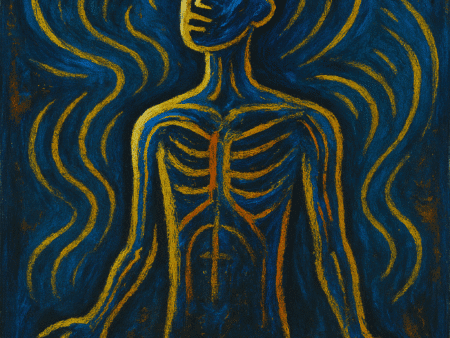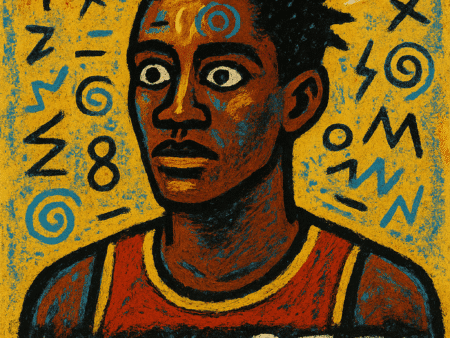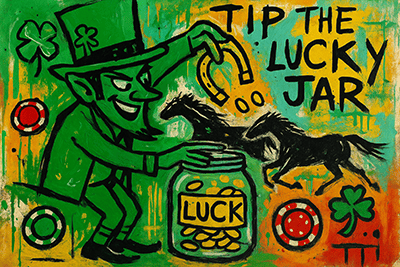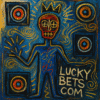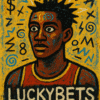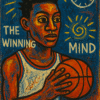A Deep Dive into Cultural Beliefs & Scientific Perspectives
Luck feels intangible—one day you’re “on fire,” the next you can’t catch a break. But across civilizations, people have tried to quantify, codify, or ritualize luck with numbers, symbols, and even equations. In this Lucky Guide, we explore whether a “formula for fortune” can truly exist: from Eastern Asian numerology to Latino street smarts, American Indian traditions, African cosmologies, and Santería divinations—plus what modern probability theory has to say.
1. The Western-Scientific Lens: Probability & “Luck Coefficients”
- Probability Theory: At its core, “luck” in science reduces to chance. An event’s likelihood is quantified by a probability PPP, from 0 (impossible) to 1 (certain).
- Luck Coefficient (Hypothetical): Some researchers have proposed simple models like L=Number of favorable outcomesTotal possible outcomes L = \frac{\text{Number of favorable outcomes}}{\text{Total possible outcomes}}L=Total possible outcomesNumber of favorable outcomes but real–world systems are often far more complex—dependent events, non-uniform distributions, and human biases skew everything.
- Chaos & Sensitivity: In chaotic systems (e.g. weather, markets), a tiny perturbation can flip outcomes—so “luck” might be thought of as a system’s sensitivity to initial conditions (the so-called “butterfly effect”).
Key Takeaway: Science gives us frameworks to measure chance, but “luck” remains a human narrative we overlay on those cold calculations.
2. Eastern Asian Numerology: Harmonizing Numbers & Fortune
- China: The number 8 (八, bā) sounds like “prosper” (发, fā), making it universally lucky—weddings, phone numbers, even Olympic opening dates favor 8s. Conversely, 4 (四, sì) sounds like “death” (死, sǐ), and is widely avoided.
- Japan & Korea: Similar tetraphobia exists in Japan and Korea. But 7 is auspicious (think 七福神, the Seven Lucky Gods) and 3/5/7 are considered harmonious in Shinto rites.
- Hypothesis: Eastern Asian cultures effectively treat luck as a function L(n)L(n)L(n) of numeric “phonetic resonance”: L(n)∝cos(sound-frequency(n)−sound-frequency(“fortune”)). L(n) \propto \cos\bigl(\text{sound-frequency}(n) – \text{sound-frequency}(\text{“fortune”})\bigr).L(n)∝cos(sound-frequency(n)−sound-frequency(“fortune”)). While playful mathematically, this captures why certain digits “vibrate” more auspiciously in language.
3. Latino Traditions: Street Numerology & Spiritual Syncretism
- Numeros de la Suerte: Across Latin America, street bets often hinge on “lucky numbers” drawn from dreams (e.g., the Cuban maría or Puerto Rican lotto traditions). A dream about a bird might map to “2,” a serpent to “8”—a vernacular form of dream-symbol numerology.
- Syncretic Practices: In regions influenced by Santería (see below), Afro-Caribbean and Indigenous symbols blend: praying to Eleguá at crossroads on Mondays (colour-coded numbers), then placing bets accordingly.
- Hypothesis: A bettor’s “personal luck function” Ldream(n)=#{dream symbols mapping to n}total symbols L_{\text{dream}}(n) = \frac{\#\{\text{dream symbols mapping to }n\}}{\text{total symbols}}Ldream(n)=total symbols#{dream symbols mapping to n} guides number selection—a kind of folk-Bayesian updating based on subconscious “data.”
4. American Indian Perspectives: Nature’s Patterns & Omens
- Tribal Divinations: Many Native American tribes read natural signs—bird flight, animal tracks, sky patterns—as omens, rather than numeric symbols. Luck is woven into ecological observation.
- Sacred Geometry: Navajo sand paintings and Hopi kachina designs embed mathematical proportions (symmetry, fractals) believed to align human intention with cosmic order.
- Hypothesis: Luck emerges when human intention I(t)I(t)I(t) synchronizes with natural rhythms N(t)N(t)N(t). One might model “alignment” as a correlation coefficient: L=corr(I(t), N(t)) L = \mathrm{corr}\bigl(I(t),\,N(t)\bigr)L=corr(I(t),N(t)) peaking when rituals and environment resonate.
5. African Cosmologies: Chance, Ancestors & Divination
- Ifá Divination (Yoruba): Uses a system of 256 possible odu (hexagrams) tapped out on palm nuts or cowrie shells. Each odu carries proverbs, stories, and guidance—like an indigenous “random oracle.”
- Mancala & Amulets: Games and talismans are also used to attract luck—mancala pits mirror cosmic patterns; amulets coded with geometric beadwork represent protective mathematical sequences.
- Hypothesis: Ifá’s 256 odu suggest a discrete probability space where “luck” LLL is a vector on a 256-dimensional simplex, each dimension weighted by ancestral counsel.
6. Santería & Afro-Caribbean Syncretism: Orishas & Offerings
- Orisha Numbers: Each deity carries favored colors, songs, and numbers—for example, Eleguá is tied to 3 and 21; Ochún to 5 and 22.
- Ritual Math: Offerings often follow numeric patterns (e.g., three scoops of maize for Eleguá, seven candles for Òrúnmìlà).
- Hypothesis: A devotee’s “luck vector” L⃗=∑iwi Oi(n) \vec L = \sum_{i} w_i\,O_i(n)L=i∑wiOi(n) where wiw_iwi are devotion weights and Oi(n)O_i(n)Oi(n) indicates the efficacy of offering number nnn to Orisha iii.
7. Synthesizing Science & Spirit
While no single “Equation of Luck” commands universal truth, we see common threads:
- Numeric Resonance: Different cultures map numbers to concepts of fortune or misfortune.
- Probabilistic Rituals: Divination tools (shells, dreams, omens) create structured chance-spaces.
- Synchrony with Nature: Luck often emerges when human action aligns with perceived cosmic or ecological rhythms.
So… Can You “Crack” Luck with Math?
- Short Answer: Not definitively—but you can model aspects of luck: the odds of an event (PPP), the cultural numerology weight (Lculture(n)L_{\text{culture}}(n)Lculture(n)), and the synchronicity alignment (corr\mathrm{corr}corr measures).
- Practical Takeaway: Deploy a hybrid approach:
- Use probability fundamentals for betting edge (know your odds).
- Layer in personal or cultural numerology—if believing in lucky 8s, track performance over time.
- Engage in rituals or routines that boost confidence—a proven “placebo” effect on decision-making.
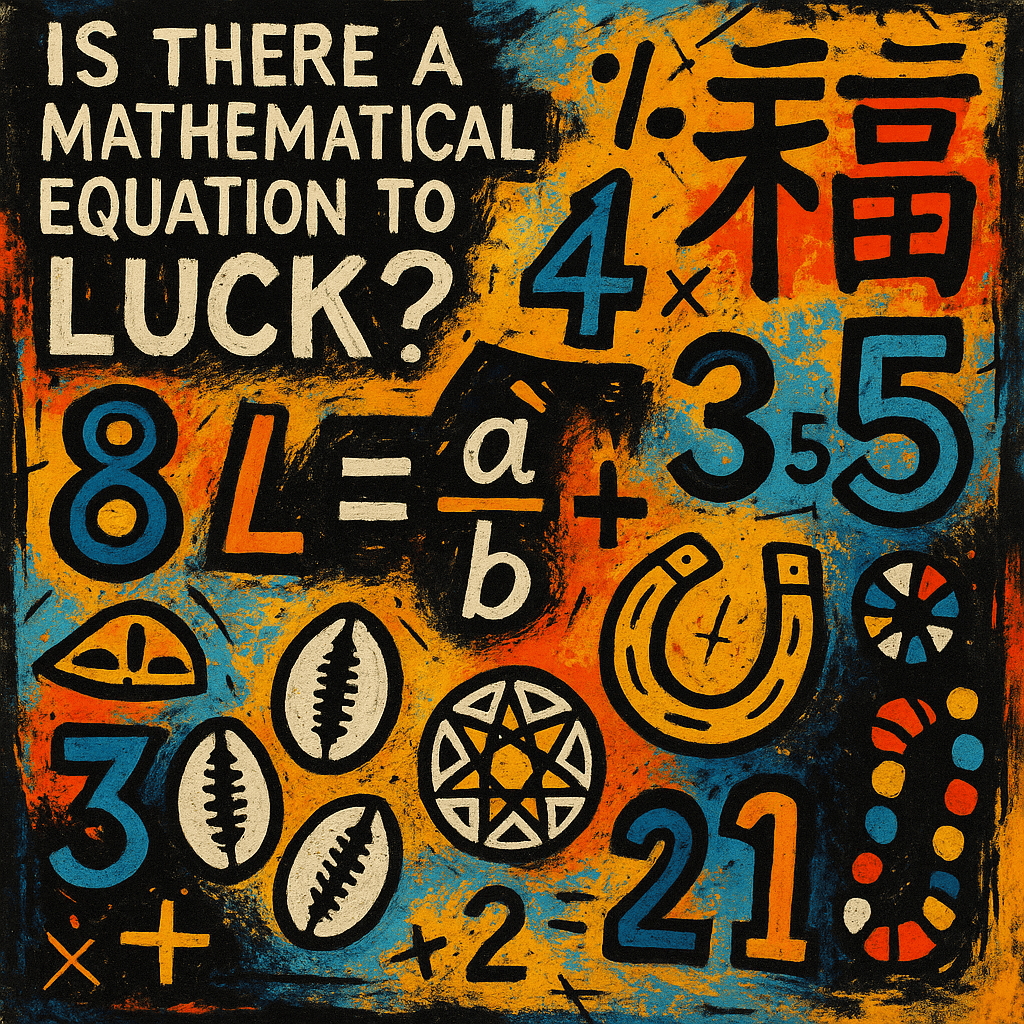
Luck marries cold-hard chance with human meaning-making. While math can illuminate probabilities and cultural patterns, the true “equation” often lies in the stories we tell ourselves—and the confident choices that follow.
LuckyBets.com


